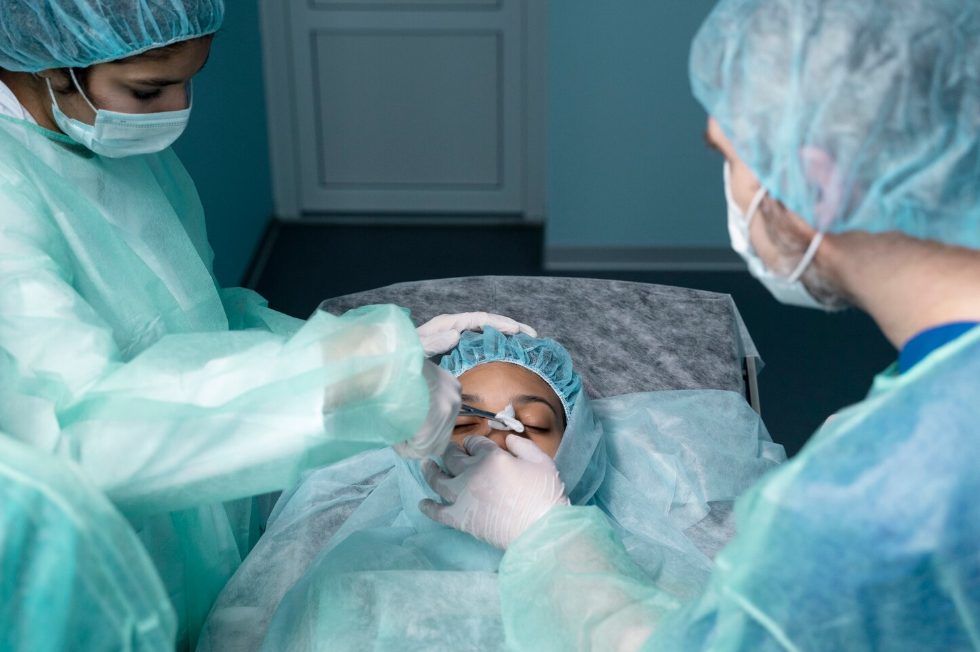Treatment Overview
Latino ethnic rhinoplasty is a specialized procedure designed for patients of Latin American or Hispanic descent, who often present with diverse nasal features influenced by a blend of European, Indigenous, and African ancestry. Common nasal characteristics may include a broad nasal base, thick skin, a rounded or bulbous tip, dorsal hump, and sometimes a low or wide nasal bridge.
The goal of Latino ethnic rhinoplasty is to refine nasal aesthetics while preserving cultural identity and enhancing facial harmony. In Korea, surgeons are internationally recognized for their precision, advanced grafting techniques, and ability to deliver balanced, natural-looking results that respect each patient’s unique ethnic features.
Purpose & Benefits
The purpose of Latino ethnic rhinoplasty is to achieve natural refinement while maintaining ethnic individuality. Benefits include:
- Refinement of a bulbous or wide nasal tip.
- Reduction of a dorsal hump for a smoother profile.
- Narrowing of wide nostrils or alar base.
- Bridge augmentation or reshaping for balance with other facial features.
- Correction of functional issues such as breathing difficulties.
- Enhancement of proportions while respecting ethnic identity.
Ideal Candidates
Latino ethnic rhinoplasty in Korea is suitable for individuals who:
- Are of Hispanic or Latino descent seeking nasal refinement.
- Have concerns such as wide nostrils, bulbous tip, or dorsal hump.
- Desire subtle improvements without erasing ethnic features.
- May also need functional corrections (septoplasty, valve repair).
- Are in good health with realistic goals.
Possible Risks & Complications
Although generally safe, some risks include:
- Temporary swelling and bruising.
- Over- or under-correction of nasal shape.
- Nasal asymmetry during healing.
- Breathing difficulties if not structurally reinforced.
- Scar tissue formation.
- Rare need for revision surgery.
Surgical Techniques Used
Korean surgeons use refined, customized techniques to enhance Latino nasal features while maintaining balance:
- Dorsal Hump Reduction: Smoothing the nasal bridge for a straight profile.
- Tip Refinement: Cartilage grafting and suturing for a slimmer, more defined nasal tip.
- Bridge Augmentation: Cartilage or implant-based augmentation to improve projection.
- Alar Base Reduction: Reducing nostril width while maintaining ethnic harmony.
- Septoplasty (if required): Correcting deviated septum for better breathing.
- Cartilage Grafting: Using septal, ear, or rib cartilage for structure and long-term stability.
Recovery & Aftercare
- Swelling & Bruising: Peaks in the first few days, improves within 1–2 weeks.
- Splints & Stitches: External splint worn for 7–10 days; dissolvable stitches used internally.
- Downtime: Return to daily activities in 10–14 days.
- Final Results: Noticeable improvement within 2–3 months; complete refinement in 9–12 months.
- Aftercare in Korea: Clinics provide anti-swelling injections, LED light therapy, scar prevention care, and specialized follow-ups for international patients.
Results & Longevity
Latino ethnic rhinoplasty in Korea provides long-lasting, natural improvements. With advanced cartilage support and refined surgical methods, results remain stable and functional while preserving cultural identity. Patients achieve a harmonious, proportionate appearance that complements their ethnic background.
Treatment Process in Korea
1. Consultation
- 3D imaging and facial analysis to preview outcomes.
- Customized planning based on Latino nasal features and patient goals.
2. Pre-Surgery Care
- Full health evaluation and nasal examination.
- Personalized surgical plan designed for ethnic sensitivity.
3. Surgery
- Performed under general anesthesia or sedation.
- Duration: 2–4 hours, depending on complexity.
- Techniques tailored to structural and aesthetic needs.
4. Immediate Post-Surgery Care
- Close monitoring during recovery.
- External splint applied for nasal protection.
5. Follow-Up & Aftercare
- Regular check-ups to ensure smooth healing.
- Korean clinics offer swelling-reduction therapies, scar care, and concierge support for international patients.
Why Korea?
- Ethnic Expertise: Korean surgeons are skilled at handling diverse ethnic nasal anatomies.
- Advanced Technology: 3D simulations and structural grafting ensure precision.
- Natural Outcomes: Focus on preserving cultural identity while refining aesthetics.
- Medical Tourism Infrastructure: Korea offers world-class aftercare and international patient support.
Cost Range
The cost of Latino ethnic rhinoplasty in Korea depends on surgical complexity and the surgeon’s expertise.
- General Price Range: ₩7,000,000 – ₩15,000,000 KRW (approx. $5,600 – $12,000 USD).
- Basic Packages Include: Surgeon’s fee, anesthesia, operation, and standard follow-up.
- Premium Packages May Include:
- Rib cartilage graft (if required)
- VIP recovery suites
- 3D imaging consultations
- Advanced aftercare therapies
- Translator services and medical tourism support
Popular Clinics
- Banobagi Plastic Surgery (Seoul): Known for natural-looking ethnic rhinoplasty results.
- ID Hospital (Seoul): Large-scale cosmetic hospital specializing in international patients.
- JW Plastic Surgery Clinic: Skilled in advanced grafting and ethnic refinement.
- View Plastic Surgery Clinic: Popular among foreigners for comprehensive aftercare services.
- MINE Plastic Surgery Clinic: Focused on natural results with long-term structural stability.




